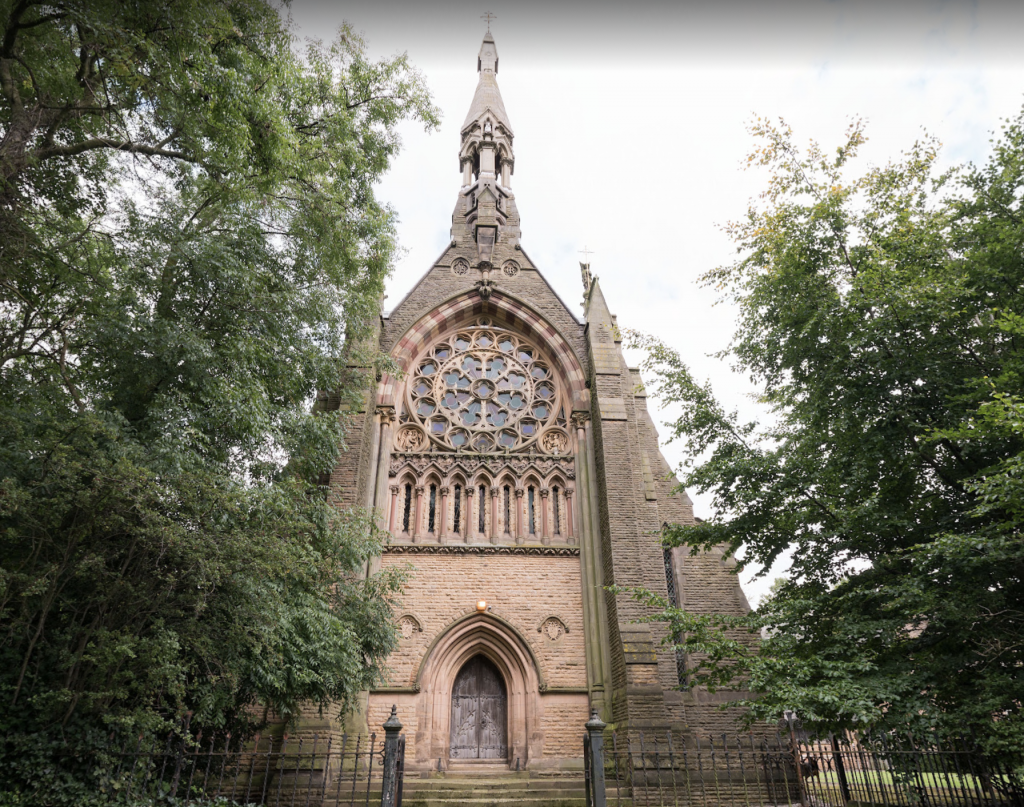
More than 422 graves at Barton-upon-Irwell’s Catholic Graveyard (All Saints Church) have been sourced and documented as part of a year-long transatlantic project.
The project involved Washington-based Anthropologist, John Skibiak, identifying each individual buried at the site through extensive research, and logging them on the website ‘FindAGrave’. This allows relatives to access information on their loved ones via Ancestry.com and other genealogical websites.
Mr Skibiak was inspired to research the gravestones after he saw a YouTube video by explorer, DaftMonkey, about the disrepair the graveyard had fallen into. He said: “I think it’s amazing how the cemetery has been allowed to deteriorate so badly and no one seems to take responsibility for it. There was even a GoFundMe to clean the place up, but the link was closed.
“For me, one of the things I think is important is preserving the past so I felt one way to do this is to keep it in people’s minds, keep it alive, and so they don’t fall in the shadows.
“Once you start entering this information, people will then start tapping into it. Those sites are linked to genealogical sites like Ancestry.com. Anyone whose researching relatives, will find them there.”
Manchester-based photographer ‘Bob the Greenacre Cat’, joined the project, taking pictures of each individual gravestone for the project and uploading them to the site for Mr Skibiak, who headed the project from Washington. Despite never visiting the graveyard, he continued: “My Mum was from Bolton and I’m part of the Manchester and Lancashire Family history Society.
“I knew it was a relatively small graveyard so I knew it wouldn’t be like trying to boil the sea to get a better understanding of whose there and what graves are there.
“To me, I’m always interested in the people behind the name. To me, the gravestones that are there are interesting but I see it more than a gravestone, its a doorway into people’s lives. Under a lot of people I’ve entered into FindAGrave, I’ve put a bit about the person.”
Now retired, Mr Skibiak feels his documentation would make interesting academic research. He said: “The people that were buried in that cemetery formed a close-knit community.
“Many of the people that were buried there were Godparents of other people buried there. It struck me because the cemetery was open for 120 years, its quite possible that the last person buried there, his grandparents could have known the descendants of the first person who was buried there. That to me was part of the motivation, telling the story of the community.
“Priests in the 1980s make reference to the cemetery being in disrepair. Reporters from the 1920s make reference to back then it was in disrepair. It seems to be a constant in the history of that cemetery.”
For more information, visit the FindAGrave website.














One Comment